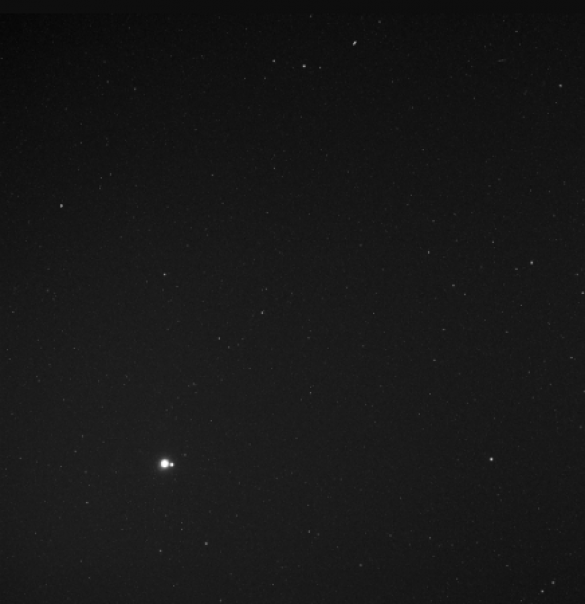
USA: In the evening sky this evening, you'll be able to watch Mercury ascension to its highest altitude. It will be visible just before sunset at a height of 17 degrees over the western horizon.
The planet may be a little difficult to see, but you shouldn't pass up this chance because it will no longer be visible by the third week of April.
Tonight, Mercury will be in the constellation Aeries. Mercury will be below Venus in the evening sky if you are in the northern hemisphere and look west after sunset. In the Sky predicts that the planet will be visible shining brightly with a magnitude of -0.0.
Also Read: Thanks to ChatGPT's unstoppable success, OpenAI is currently winning the AI race
The planet will set on April 12 at approximately 6:42 IST.
Mercury is also at its greatest elongation, or greatest distance from the Sun, today. For a few weeks around this time, the planet will be visible. Once every three to four months or so, these apparitions occur. Depending on whether it is to the east or west of the Sun, Mercury could be seen in the mornings or the evenings.
When Mercury is located on the east side of the Sun, it appears in the evening hours just after the Sun has set. It will be visible in the early evenings and at dusk. On the other hand, if it is west of the Sun, it rises and sets before the Sun does, making it visible just before sunrise. This is known as a morning apparition.
Also Read: Companion mode for WhatsApp will let you connect more devices to your existing account
Mercury viewing is thought to be better at particular times of the year. According to In the Sky, Mercury's maximum altitude during evening apparitions from Kolkata varies depending on the season and ranges between 15 and 24 degrees above the horizon.
Near the end of the apparition, Mercury will quickly disappear from view as it approaches inferior conjunction, when it will pass between the Earth and the Sun. Its unlit side will be facing Earth during this time, and will be visible as a thin, faint crescent. In the days before Mercury reaches its apogee in the sky, it is simpler to see it.
Also Read: The Hubble Space Telescope of NASA has photographed a fascinating "jellyfish galaxy."
The best months to see Mercury from the northern hemisphere are March and April, but the opposite may be true for those in the southern hemisphere. When the southern hemisphere approaches the September equinox, Mercury is rumoured to be most prominent there.